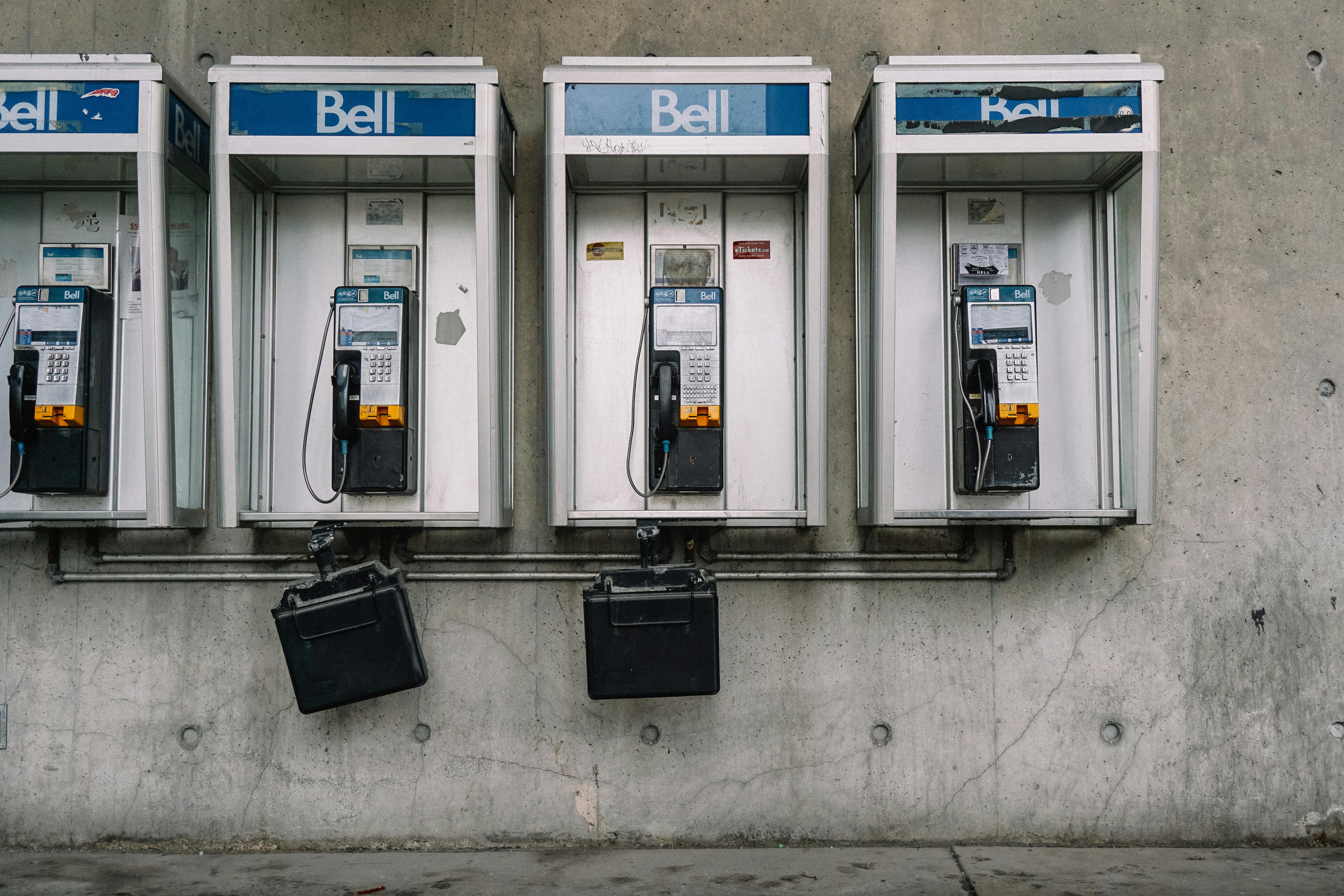Lamu has an atmosphere of medieval romance, making it a perfect destination for honeymooners and tourists looking to retreat to an exotic tropical island where life is lived at its own relaxed pace.
The city was founded in the 14th century and has many fine examples of Swahili architecture. The old city is inscribed on the World Heritage List as “the oldest and best preserved Swahili settlement in East Africa”.
Lamu Island, Pate Island and Manda Island are the largest islands in the archipelago. The smaller islands include Manda Toto (‘baby Manda’) and Kiwayu, which is located in the Kiunga National Marine Reserve.
Along with exploring endless unspoiled beaches or sunbathing while sipping your favorite beverage. Other attractions on this low-key getaway include: –
Donkey Sanctuary
Since the island has no motorized vehicles, transportation and other heavy work is done with the help of donkeys. There are between 2,000 and 3,000 working donkeys on the island. The Donkey Sanctuary was opened in 1987 by Dr. Elisabeth Svendsen of The Donkey Sanctuary in England and treats all donkeys free of charge.
Riyadah Mosque
It was built in 1900 by the Islamic scholar Habib Swaleh. Introduced Habshi Maulidi, where his students sang passages in verse accompanied by tambourines. The Mosque is the center of the Maulidi Festival, which is held every year in May or June. During this festival, pilgrims from across East Africa join locals in singing the praises of Muhammad.
Swahili Cultural Festival
Held annually in November, it celebrates all aspects of Swahili culture. During the Swahili Cultural Festival there are demonstrations of traditional arts, crafts and dances, Taarab music concerts, films and talks on Swahili history and civilization, and dhow and donkey races.
Museums
The Lamu Museum is home to the island’s ceremonial horn (called siwa). The museum is filled with historical artifacts and insights into the history, culture, and archeology of the region.
The Swahili House Museum is also a great place to visit as it is a recreation of a small traditional coral stone house built in the early 18th century. The museum is full of traditional furniture and decorative plasterwork.
Lamu Fort
It dominates the town square and was built by the Omanis as a garrison in the early 19th century. The fort was used as a prison for many years, now it houses a library, the city’s conservation department, and hosts regular exhibitions. Lavish Swahili weddings are often held in the courtyard of the fort and female visitors are often welcome to attend.
